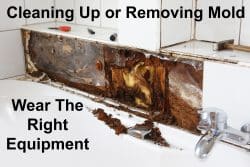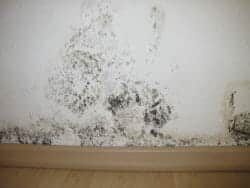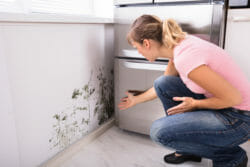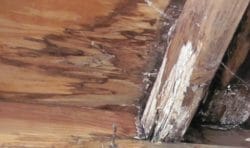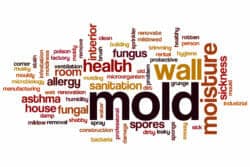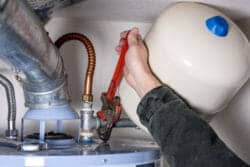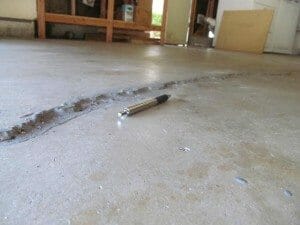House Mold Health Issues: Black mold, mytoxins, Stachybotrys, etc.
In a house, Black mold, mytoxins, Stachybotrys, and other molds can be a health concern for some people and should be removed; especially for those who have allergies, asthma, respiratory issues or a weakened immune system. Fortunately, not all people are sensitive to mold, but both the CDC (Center for Disease Control) and EPA (Environmental Protection Agency) recommend the removal of mold in a home.
Is mold poisonous or toxic?
Generally excessive moisture is the cause of mold growth in a home. As the mold reproduces, it releases tiny spores that float through the air and when they settle on wet or moist surfaces, the spores often form new mold colonies. Leaks and high humidity are two major sources for proving the moisture that mold needs to grow.
Mold in and of itself is not generally considered poisonous or toxic, however some molds (i.e. Stachybotrys chartarum) produce mycotoxins and can be more of a health concern for some. Ongoing medical research is not a 100% clear on the effects of certain types of molds on one’s health. Individuals should consult a qualified physician with questions and advice regarding their health and mold.
Common symptoms of possible mold in a home
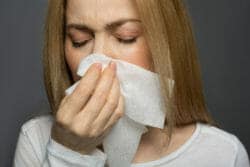
- Sneezing
- Running nose
- Nasal congestion
- Headaches
- Skin irritations
- Eye irritation or watery eyes
A toxic reaction to mycotoxins may also include:
- Flu-like symptoms
- Breathing problems
- Nervousness
- Dizziness
- Extreme fatigue
Should you fell you have an illness or mold health issue, then you should consult with a qualified physician.
Mold Inspections and Home Inspections
Home inspectors normally do not inspect for mold and normally are not qualified to do mold inspections. They will often note in their inspections reports that there are what appears to be moisture stains, dark dis-colorations or moldy type odors and that mold may be present. Secondly, a home inspectors basic scope of work excludes inspecting for mold.
A mold inspector or a qualified mold remediation company generally are qualified to inspect for mold, including taking air samples and sending them to a lab for testing.
Removal of mold
Getting rid of mold can range from easy and cheap to complex and expensive, depending on how much mold there is, the type of mold and the location. Homeowners may be able to handle the removal of mold themselves in many circumstance. If the mold is in a condo, duplex or building that has attached walls to another unit, then there may be governmental restrictions on what homeowners can do themselves.
Professional mold removal and remediation companies are another way mold may be removed. When using a professional mold removal / remediation company be sure that you have a clear understanding on their scope of work and cost. In extreme cases you may be required to move out of the home for a short period of time. (Read about how to get rid of mold)
CDC Common-sense approach
The CDC states: “A common-sense approach should be used for any mold contamination existing inside buildings and homes. The common health concerns from molds include hay fever-like allergic symptoms. Certain individuals with chronic respiratory disease (chronic obstructive pulmonary disorder, asthma) may experience difficulty breathing. Individuals with immune suppression may be at increased risk for infection from molds. If you or your family members have these conditions, a qualified medical clinician should be consulted for diagnosis and treatment. For the most part, one should take routine measures to prevent mold growth in the home.”

Bottom Line
Every home has mold in it to some degree, but different people have different sensitivity levels to mold. Young children, the elderly and those with respiratory problems or compromised immune systems may be especially susceptible to mold and need to be proactive in cleaning and watching for warning signs of mold.

